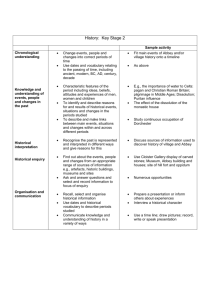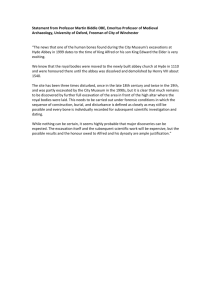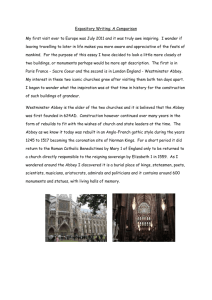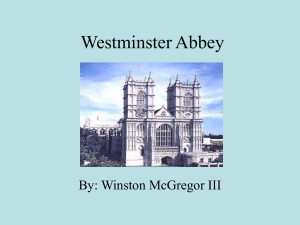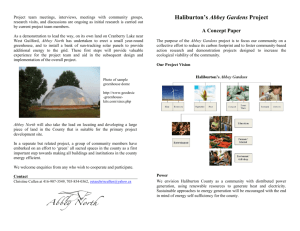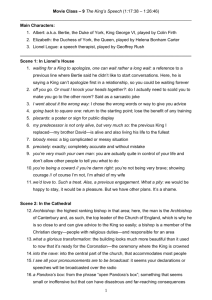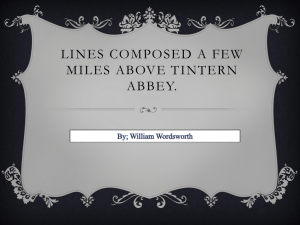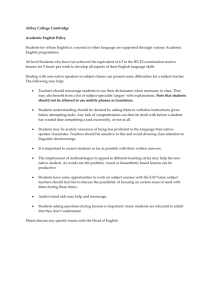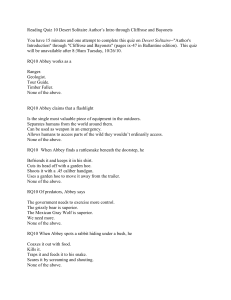Rabelais, Gargantua, SEMINAR 3: War and Peace WAR Chs 28
advertisement
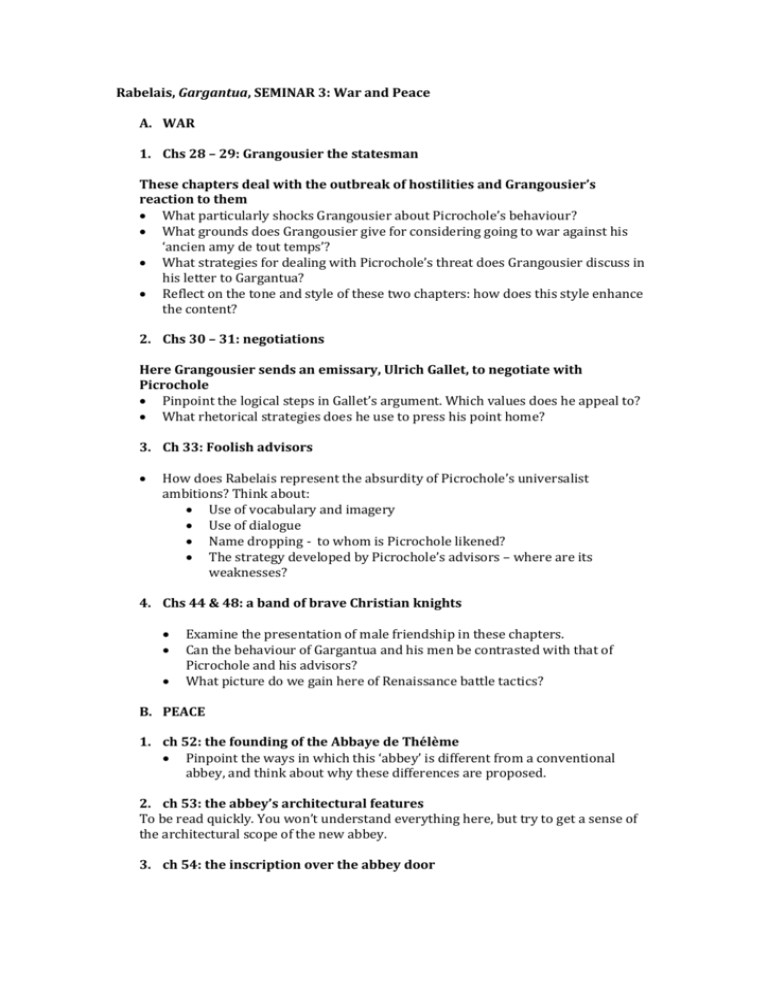
Rabelais, Gargantua, SEMINAR 3: War and Peace A. WAR 1. Chs 28 – 29: Grangousier the statesman These chapters deal with the outbreak of hostilities and Grangousier’s reaction to them What particularly shocks Grangousier about Picrochole’s behaviour? What grounds does Grangousier give for considering going to war against his ‘ancien amy de tout temps’? What strategies for dealing with Picrochole’s threat does Grangousier discuss in his letter to Gargantua? Reflect on the tone and style of these two chapters: how does this style enhance the content? 2. Chs 30 – 31: negotiations Here Grangousier sends an emissary, Ulrich Gallet, to negotiate with Picrochole Pinpoint the logical steps in Gallet’s argument. Which values does he appeal to? What rhetorical strategies does he use to press his point home? 3. Ch 33: Foolish advisors How does Rabelais represent the absurdity of Picrochole’s universalist ambitions? Think about: Use of vocabulary and imagery Use of dialogue Name dropping - to whom is Picrochole likened? The strategy developed by Picrochole’s advisors – where are its weaknesses? 4. Chs 44 & 48: a band of brave Christian knights Examine the presentation of male friendship in these chapters. Can the behaviour of Gargantua and his men be contrasted with that of Picrochole and his advisors? What picture do we gain here of Renaissance battle tactics? B. PEACE 1. ch 52: the founding of the Abbaye de Thélème Pinpoint the ways in which this ‘abbey’ is different from a conventional abbey, and think about why these differences are proposed. 2. ch 53: the abbey’s architectural features To be read quickly. You won’t understand everything here, but try to get a sense of the architectural scope of the new abbey. 3. ch 54: the inscription over the abbey door You’ll find this ch difficult to understand, but it has important connections with the Affaire des Placards, so take a quick look. I’ll take you through this in the online lecture. 4. chs 55 – 56: the lifestyle of the abbey inhabitants List the features of the abbey provided for the pursuit of sport and leisure, and think about their associations with notions of luxury Analyse the abbey’s social rituals and routines (think particularly about gender here) Can you find any links here with the earlier chapters on Gargantua’s education? 5. ch 57: the abbey’s philosophy What is the founding principle of the abbey and what picture does it give of free will? Broader questions: The Abbaye de Thélème has been described as ‘an evangelical and courtly utopia’. Do you agree? Justify your answer.

